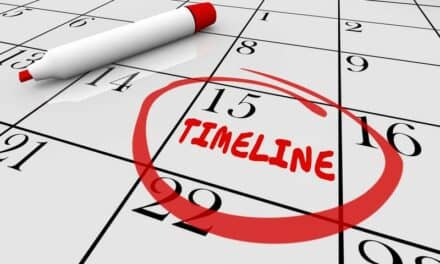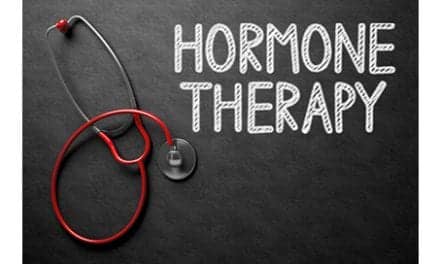Although concussion symptoms in children under 13 years old typically last three times longer than for older teens and adults, active recovery rather than rest is the preferred treatment, according to a research review.
The review was published in The Journal of The American Osteopathic Association.
Significant changes in the treatment of concussion—including a major shift to promoting active recovery—have emerged in recent years, notes Hallie Zwibel, DO, Director of Sports Medicine at New York Institute of Technology College of Osteopathic Medicine, and lead researcher on this study.
“It used to be thought that rest was best for a concussion. Kids were told to stay home from school and sit in a dark room for two weeks,” she says, in a media release from the American Osteopathic Association. “Now we encourage them to get back to school after two days and progressively get more active, so long as symptoms don’t return or worsen.”
Children with underlying conditions such as ADHD, depression, anxiety, and stress may experience prolonged symptoms due to these conditions.
“It’s important parents understand that symptoms persist in kids for about four weeks on average,” Zwibel adds. “This can be alarming and feel like a long time, especially compared to adults whose symptoms last closer to a week, but it is well within a normal recovery time.”
Rehabilitation has also proven effective for mitigating symptoms such as dizziness and changes in vision, like difficulty with focus. This includes engaging in visual and vestibular exercises, which assist with balance and spatial orientation. Therapy can help the brain to establish new neurologic pathways to regain function or to bypass disturbing signals, the release continues.
While active recovery has emerged as the standard of treatment, Zwibel says athletes should not compete while they are experiencing concussion symptoms. Brain swelling and death can result if an athlete receives a concussive blow while recovering from an earlier concussion. However, getting young athletes to stay off the field during recovery remains a challenge, she shares.
“There’s not a good administrative structure to prevent an injured high school athlete from playing for another league,” Zwibel continues. “At this point, parents are in the best position to prevent that and we strongly encourage them to follow return-to-sport protocols.”
Zwibel also encourages youth sports leagues to adopt and implement these standardized guidelines and seek medical providers’ input when establishing policies and practices.
[Source(s): American Osteopathic Association, PR Newswire]





